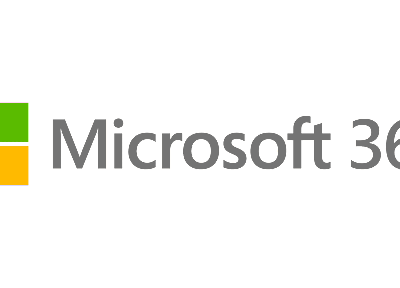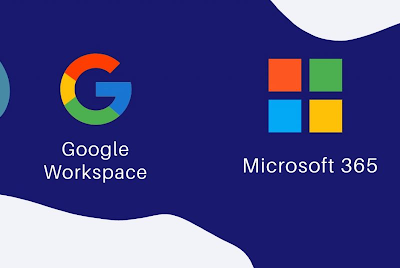Teamwork or collaboration is everything, to manage your business or projects effectively. Collaboration tools are trending in the current situation, where more businesses prefer remote working. It helps each person to carry out their responsibilities.
It also offers them the ability to contribute to the team’s overall success. A collaboration tool is a technology that allows an individual to collaborate with others to contribute to a bigger purpose.
Not every group requires the same tools for certain activities, but all groups require a variety of tools to collaborate. The emergence of the recent pandemic (COVID-19) has increased the demand for collaboration tools.
Many new collaboration tools have emerged in 2022, making it difficult to choose the best. To help you make the best choice, I have come up with an ultimate guide to collaboration tools 2022.
What are Collaboration Tools?
Online collaboration tools consist of applications, software programs, and platforms. It assists organizations and their employees in providing creative processes and working more successfully and efficiently together.
Collaboration tools keep each individual creative, connected, and progressive in their roles and responsibility. It is highly useful, for online meetings, sharing, tracking the progress of their project, and so on.
They enable managers and employees to assign tasks, keep track of progress, and report on outcomes. It also attributes greatly to enhancing overall workflows and communication both internally and externally. Collaboration technologies work through a process by assigning portions and duties to participants. It also aids in activity coordination.
Top 3 Reasons to Use Collaboration Tools:
High Accountability:
Every team member must understand how their roles and responsibilities fit into it. This is made feasible via collaborative tools. For example, logging into a Google Doc and tracking changes with everyone else. Another excellent example is the ability to view task timelines in a project management tool.

Everyone is on the same page and pursuing the same objective. With more visibility comes increased accountability. Team leaders know who to hold accountable if a task is not completed. Alternatively, team members may be proactive by recognizing when others require assistance and collaborating to keep the project on schedule.
Real-Time Progress Tracking:
The most interesting feature of online document collaboration is that it allows easy real-time progress tracking. Business evolves on a daily basis. Teams want the ability to adjust just as rapidly, which collaboration technologies provide. Modern collaboration technologies aid in the development of dynamic processes and team agility.

Teams cannot function without the capacity to act, react, and reallocate resources as quickly as projects change. Collaboration tools enable teams to adapt to changes as fast as possible. It also prevents setbacks and keeps projects on schedule by tracking their progress.
Team Collaboration:
Teams are effective because they are more than the sum of their parts, but only if each component contributes to the total. When members of a group are unable to work effectively, the aid they can give is restricted.

Collaborative technologies promote complete group engagement and synergy, ensuring that everyone makes a significant contribution. Each member contributes their skills and abilities to the project, demonstrating real teamwork.
5 Most Productive Features of Collaboration Tools:
Social Networking:
Professional networking among teams is essential, and it is the need of the hour for many businesses. Collaboration tools have introduced messaging apps to make networking among co-workers easier.

Slack, Microsoft Teams, and Zoom are a powerhouse to be reckoned with among business communication tools. You can organize messages into topic-specific threads. Coworkers can be invited to pertinent chats, and files can be shared. They are the texting apps that every company requires.
Easy to Use UI:
From communication to project management, collaboration tools offer easy-to-use UI. Everything stems from knowing your users. This includes understanding their skills, goals, preferences, and tendencies.

Keeping the interface simple, creating consistency, and using common UI elements should be considered when designing a UI. Collaborating tools keep up with this UI design for customers’ convenience.
It focuses on predicting what users would need to perform. It also ensures interface features that are simple to access, understand, and utilize in order to assist those tasks.
Task Management:
Task management is required to handle projects, teams, clients, documents, and stakeholders from a single platform. If you’ve tasks to assign across team members, Wrike, Trello, and Asana are great tools.

Wrike includes everything needed to define comprehensive tasks, delegate, manage progress, and assess outcomes. Asana assists teams in prioritizing goals, staying on track, and collaborating across all aspects of a project. Trello collects tasks under a single project heading using “cards.”
Data and Document Management:
Data Collaboration Tools provide a centralized center for data aggregation. It allows co-workers to exchange and extract data sets and insights to aid in meeting corporate objectives. This makes it simpler for organizations to understand where they are and need to be, to meet their goals.

Data should be assembled in a user-friendly format and provided in a ready-to-use format. Data governance is an essential component of any Data Collaboration Tool due to the need for cybersecurity when working with big information. Alteryx, Azure Data Catalog, Mode, and Oracle Enterprise Data Management are a few of the best collaboration tools you can consider.
Project Templates:
A project template is a project that comprises work packages and actions that you know you’ll use on several projects. IT enables you to easily establish and set up new projects, enforce corporate standards, and enhance processes.

You may utilize a professional project template provided by collaboration tools to start a new project. Zoho Sprints, Zoho Projects, and ProWorkflow are some of the tools for managing and creating project templates.
Conclusion:
Whether you want to manage your business or stay collaborated with your co-workers, these tools are a great choice in every way. Managing your project and employees will be much easier and more efficient with these tools.
A collaboration tool allows one individual to collaborate with others to contribute to a bigger purpose. Not every group requires the same tools for certain activities, but all groups need different ways and tools to collaborate. The easier it is to collaborate, the more likely you are to succeed.





